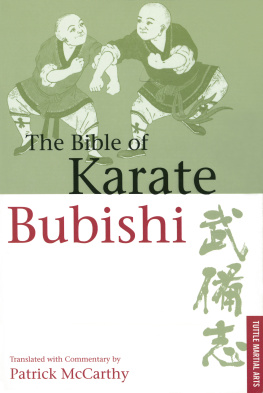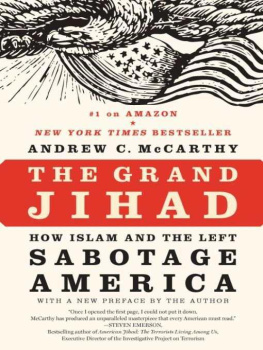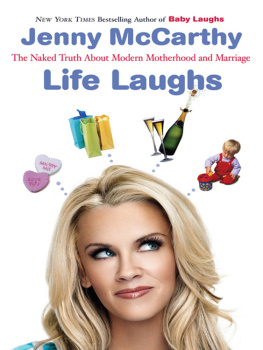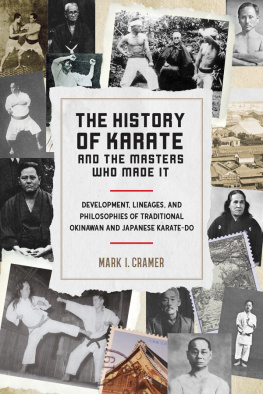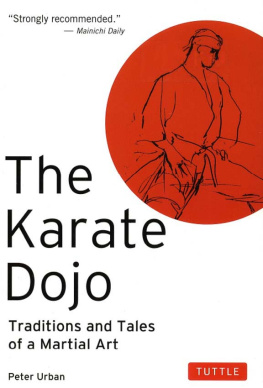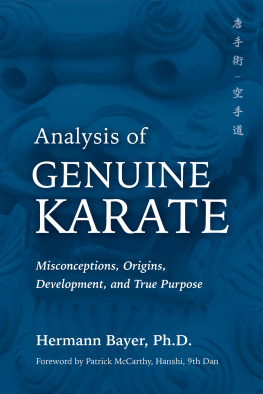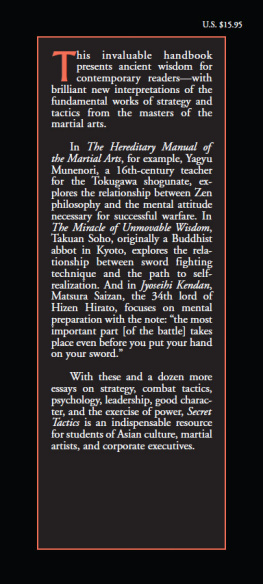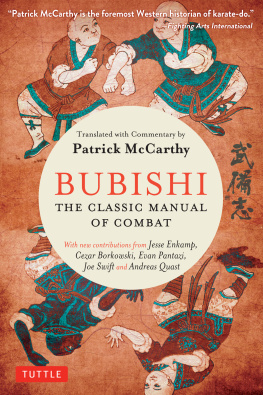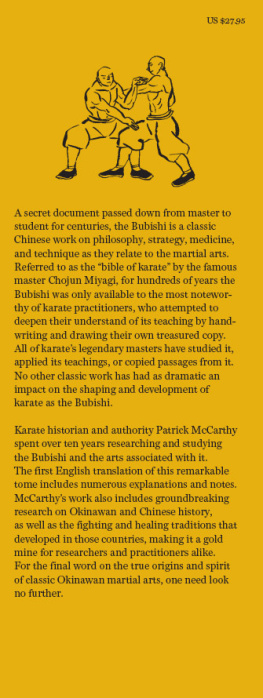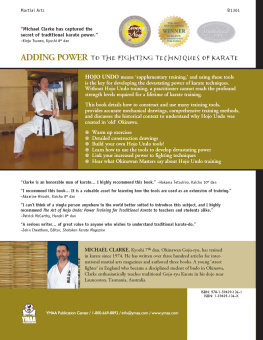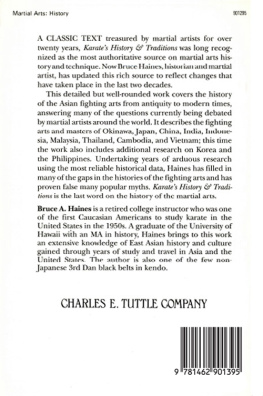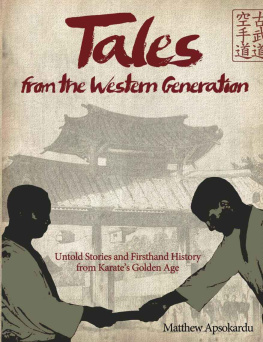Acknowledgments
The voluminous nature of my research has brought me into contact with virtually hundreds of people over the years. I would especially like to acknowledge the following people:
In America, I would like to thank my teacher Richard Kim, Hanshi of the Dai Nippon Butokukai. Through Mr. Kims continued efforts, patience, and perseverance, I ultimately came to perceive that which lies beyond the physical boundaries of karate-do. Furthermore, my thanks go out to Hunter (Chip) Armstrong of the International Hoplology Society for his assistance during the early stages of this research. Thanks also to Ms. Gigi Oh and Marian Castinado at Budo Dojo magazine, Michael DeMarco at the Journal of Asian Martial Arts, Wayne Muromoto at Furyu magazine, and Michael De Pasquale Jr. of Karate International magazine for publicizing my research.
In Taiwan, I am deeply grateful to Liu Songshan Shifu for sharing his family treasure with me the Shaolin Bronze Man Book (Shaolin Tong Ren Bu).
In China, I am very grateful to U Yiduan from the Fuzhou Wushu Association who, at my request, was able to gather several herb experts and gongfu masters to study and help translate the Bubishi. Resolving many of the grammatical errors in the Bubishi , Mr. Lis immeasurable contributions and support continue to be of enormous benefit to my research. I would also like to thank Colin Whitehead for supplying a copy of The Secrets of Wudang Boxing. I am also indebted to Xie Wenliang, White Crane gongfu master and great-grandson of Ryuru Ko, for sharing so much of his knowledge with me.
In Japan, I am grateful to the following: Konishi Takehiro Sensei of the Ryobukai, who provided me with an original copy of Mabuni Kenwas Bubishi ; Ohtsuka Tadahiko Shihan, author of the Japanese translation of the Bubishi and a myriad of other related research projects, whose extensive analysis and deep knowledge of the Bubishi have had a profound effect upon my understanding of this obscure treatise; my friends, Fred Mende, John Wong, and Mitchell Ninomiya for their continuous support; Dr. Iokibei Tsutomu, an expert in the Chinese healing arts of acupuncture, herbal medicines, and qigong, who helped me decipher the mysteries surrounding the internal organs, their corresponding meridian channels, and vital points; and Alexander Kask for fundamentally revising and editing this presentation of the text.
In Okinawa, I am indebted to: Hokama Tetsuhiro Shihan, master of both Goju-ryu karate-do and kobu-jutsu and the curator of Okinawas only museum dedicated to the preservation and promotion of its native civil fighting heritage, for his many contributions and support; Nagamine Shoshin Soke and his son Takayoshi Sensei, of Matsubayashi-ryu karate-do, for their considerable assistance; Professor Takara Kuraiyoshi, for his help with my research; Richard Florence, who was responsible for more than just protecting against my grammatical inadequacies and edited the early drafts of this text; and Tokashiki Iken, director of the Goju-ryu Tomari-te Karate-do Kyokai, for his continuing assistance.
In Canada, my thanks go out to my colleague and friend, Ken Low Shifu, president of the Canadian Chinese Kung Fu Association. Low Shifu helped me translate some of the Bubishis most enigmatic Chinese ideograms.
In New Zealand, I would like to thank my friend and colleague John Finlayson, who has assisted my research in many ways and created the index for this book.
In Australia, I would like to express my appreciation to Carole Rogers for granting permission to use the illustrations from her Acupuncture Point Dynamics Manual and to John Halpin, president of the Australian Karate Federation, for providing a copy of that text. I am also indebted to Kevin Brennan of Australasian Fighting Arts for his assistance in publicizing my research.
In England, I would like to thank Harry Cook, Graham Noble, and Terry ONeill from Fighting Arts International magazine for their assistance in publicizing my research.
I would also like to thank my lovely wife, Yuriko, without whose endless patience, love, and support, this work would never have been made possible.
Finally, it is unfortunate that I am unable to appropriately extend my personal gratitude to all the others who assisted with this research; nonetheless, their assistance was very much appreciated, and I hope that this publication may reflect favorably upon them.
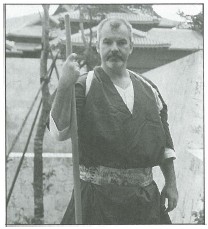
At Shuri Castle dressed in the traditional Chikudun Pechin uniform.
Patrick McCarthy is one of the few foreigners to actually teach karate-do in Japan. Moreover, he is recognized worldwide as one of the foremost authorities on the civil fighting traditions of Okinawa. He is also the first Caucasian to ever be awarded the coveted Kyoshi 7th Dan Teachers License from Kyotos prestigious Dai Nippon Butokukai. He has been practicing karate-do for over thirty years, and has also studied Taijiquan, White Crane, Hung Gar, Monk Fist, and Five Ancestors Fist gongfu.
During the mid-seventies, while pursuing a successful competitive career, McCarthy met the Harvard Professor of the Martial Arts, Master Richard Kim, a disciple of whose he subsequently became in 1977. A holder of a Butokukai Hanshi 9th Dan Masters License, Kim Sensei emphasized the importance of studying karates nonutilitarian elements. As a result of Master Kims influence, McCarthy undertook a deep study of karates history and philosophy, the research for which continues to this day.
His research has brought him not only to Japan, but also Taiwan, Hong Kong, and the Peoples Republic of China. With an extensive background in both the Okinawan and Chinese fighting arts, McCarthy was in a unique position to research the most profound and influential document in the history of karate-do, the Bubishi. Since that time, he has interviewed and trained with the worlds top masters of gongfu and karate-do while unraveling the history of this document and the fighting systems associated with it.
After moving to Japan in 1985, he became Master Kims personal representative in Japan and in 1987 established the International Ryukyu Karate Research Society (IRKRS) as an outgrowth of his research. IRKRS is a nonprofit, nonpolitical group of researchers and practitioners of budo, dedicated, but not limited, to the analysis, preservation, and promotion of karate-do.
Mr. McCarthy is a frequent contributor to martial arts magazines throughout the world, author of The Classical Kata of Okinawan Karate, Beyond Physical Training, Kata: Karates Paragon of Mystery, and translator of Miyagi Chojuns 1934 Outline of Karate-do, The Secrets of Wudang Boxing , Taira Shinkens 1964 Ryukyu Kobudo Taikan, The Matsumura and Itosu Precepts, and the 1936 Meeting of the Okinawan Masters.
Mr. McCarthy travels around the world lecturing on karate history and philosophy, kata applications, the Bubishi, and kobudo. He can be contacted for such seminars through the publisher.
Bibliography
IN ENGLISH:
Beijing Medical College. Dictionary of Traditional Chinese Medicine. Hong Kong: The Commercial Press, 1987.
Ellis, Andrew, Nigel Wiseman, and Ken Boss. Grasping the Wind. Brookline: Paradigm Books, 1989.
Flaws, Bob. Hit Medicine. Boulder: Blue Poppy Press, 1983.
Funakoshi Gichin. Karate-do Kyohan. Translated by Tsutomu Oshima. Tokyo: Kodansha International, 1973.
Fuzhou Wushu Association. Fuzhou Wushu. Fuzhou: 1993.
Haines, Bruce. Karates History & Traditions (Revised Edition). Tokyo: Charles E. Tuttle Publishing Company, 1995.
Haring, Douglas. Okinawan Customs: Yesterday and Today. Tokyo: Charles E. Tuttle Publishing Company, 1969.

